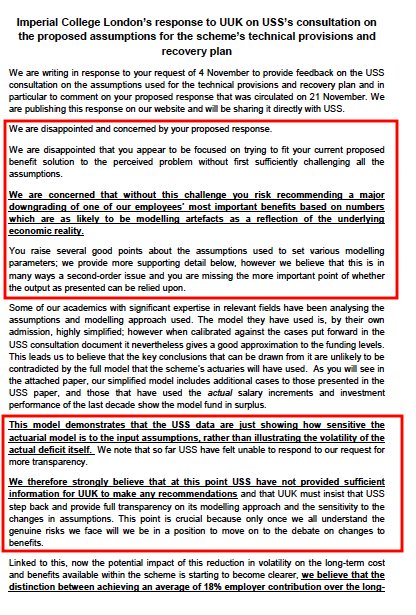Not so long ago in the US it was exceedingly difficult to figure out what %age of the population was gay. Being gay was subject to censure and prosecution.
Put a subject in a room alone, give him a coin to flip. If he got heads, he should answer honestly whether he was gay or not.
The clever part comes in if he flipped tails.
So if a subject said he was gay, then he probably just flipped tails on the coin and wasn't gay at all. Each answer on its own doesn't tell you anything interesting, but combined those answers tell a story.
That's essentially what differential privacy does. That "teeny smidge" corresponds to what's called the "privacy budget".



